Australia NAB business confidence rose from 12 to 16 in February. That’s the highest level since early 2010, as all states and industries reported gains, except for retail. Business conditions rose from 9 to 15, also a multi-year high. Looking at some details, trading conditions rose from 13 to 21. Profitability conditions rose from 13 to 17. Employment conditions rose from 3 to 8.
“Businesses are the most optimistic they’ve been since 2010. This says the economy recovery has very strong momentum and even though government support is tapering, businesses are increasingly confident the economy will continue to improve,” said Alan Oster, NAB Group Chief Economist.
“Business conditions have rebounded to the very strong levels we saw in December and, importantly, employment conditions remain strong. Businesses are again expanding their workforce, which is key for supporting the labour market recovery.”




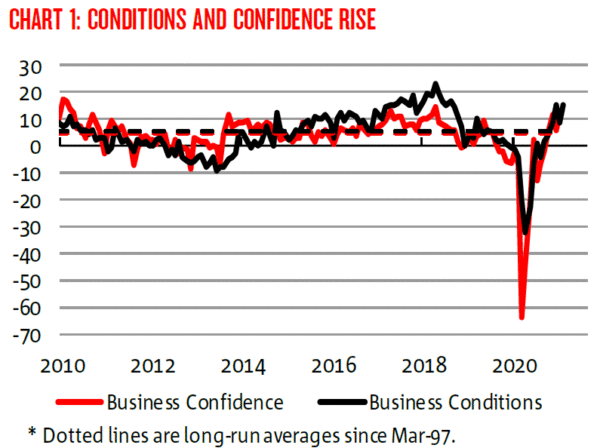
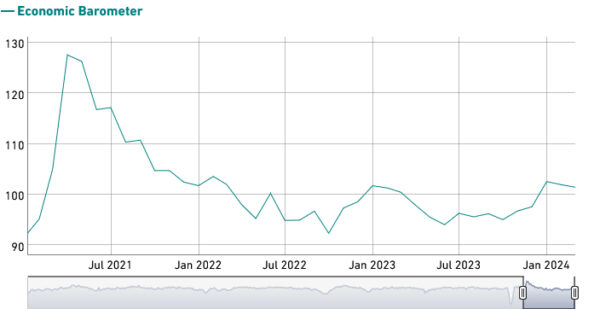
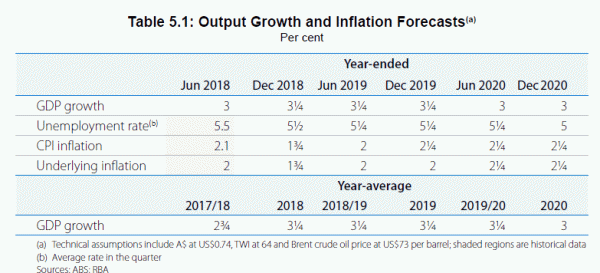
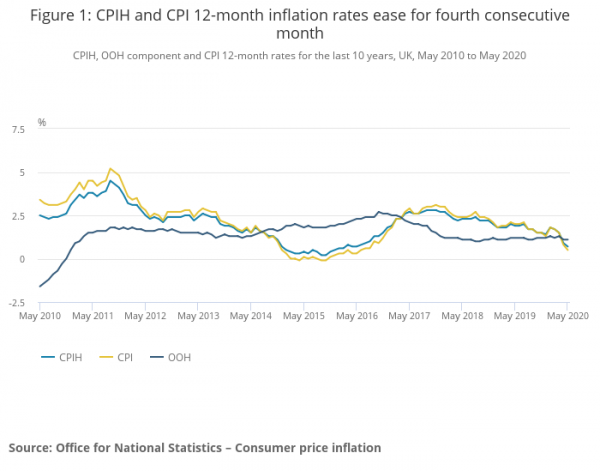
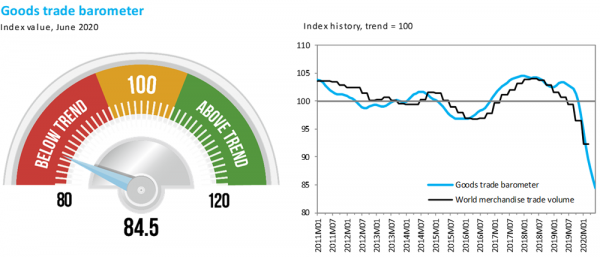
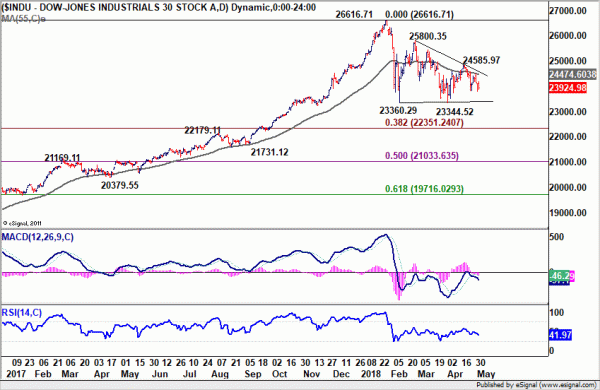
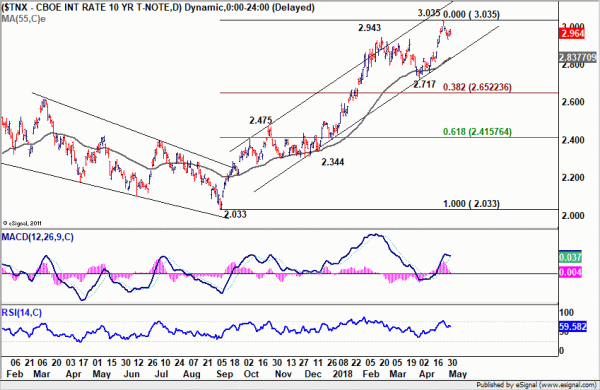
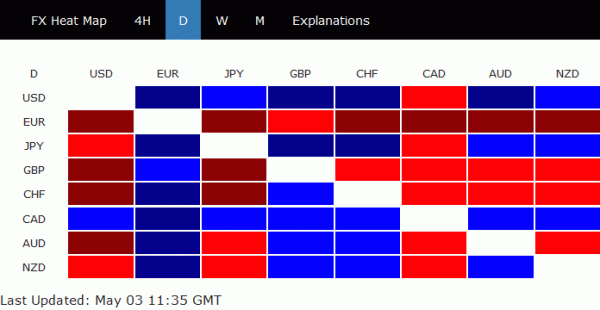
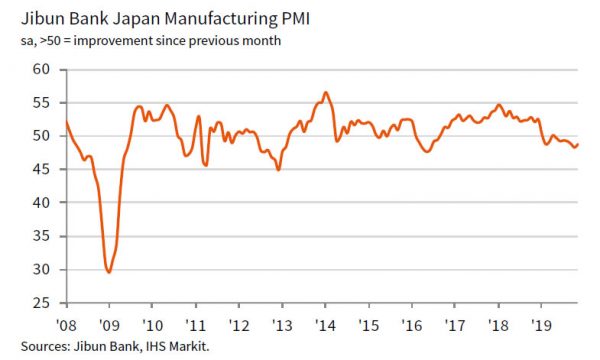

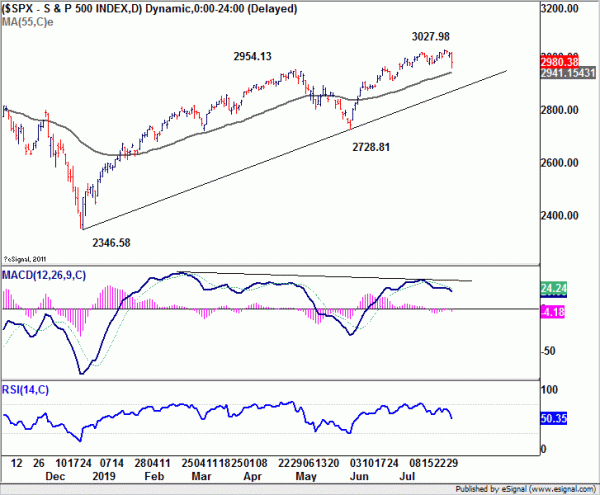

Minneapolis Fed Kashkari: Fed might be one hike away from achieving neutral
Minneapolis Fed President Neel Kashkari is seen clearly as a dove as he voted against al three of Fed’s rate hikes last year.
He said in a WSJ interview published today that fiscal stimulus of the federal government, including tax cuts would make Fed meeting its 2% inflation target more likely. The tax cuts and spending increases are “macroeconomically significant, and they are big enough to have an effect on the trajectory of the economy… that could change things in a meaningful way.” And with that development, Fed can move ahead with the planned tightening.
But he also argued that “it isn’t going to be obvious to me once we achieve our inflation target that we need to now put the brakes on the economy.” He reiterated his stance that ” once we achieve our inflation target, we should try to get to neutral in a reasonable period of time,”
And he added that “we might be one hike away from achieving neutral.”